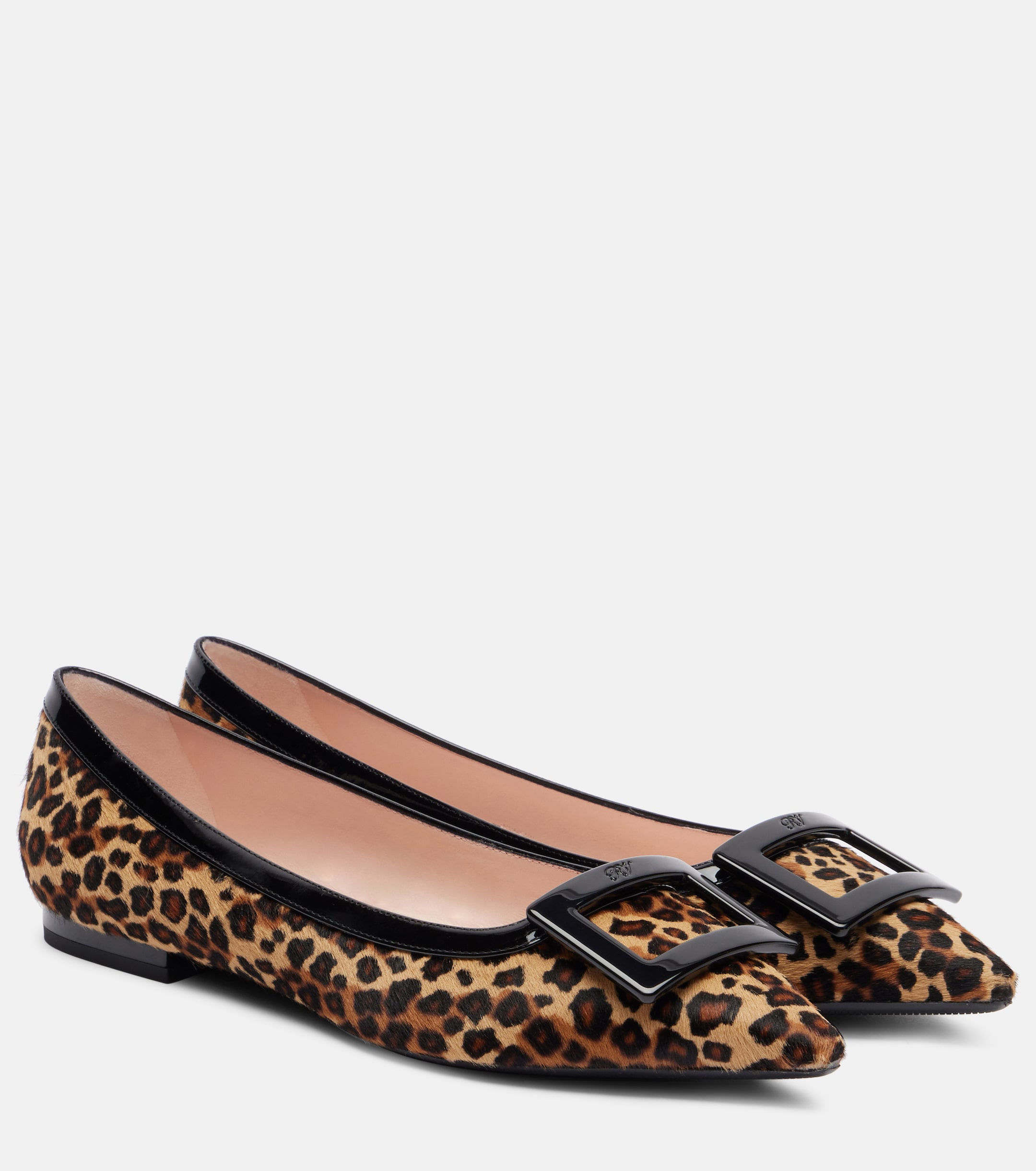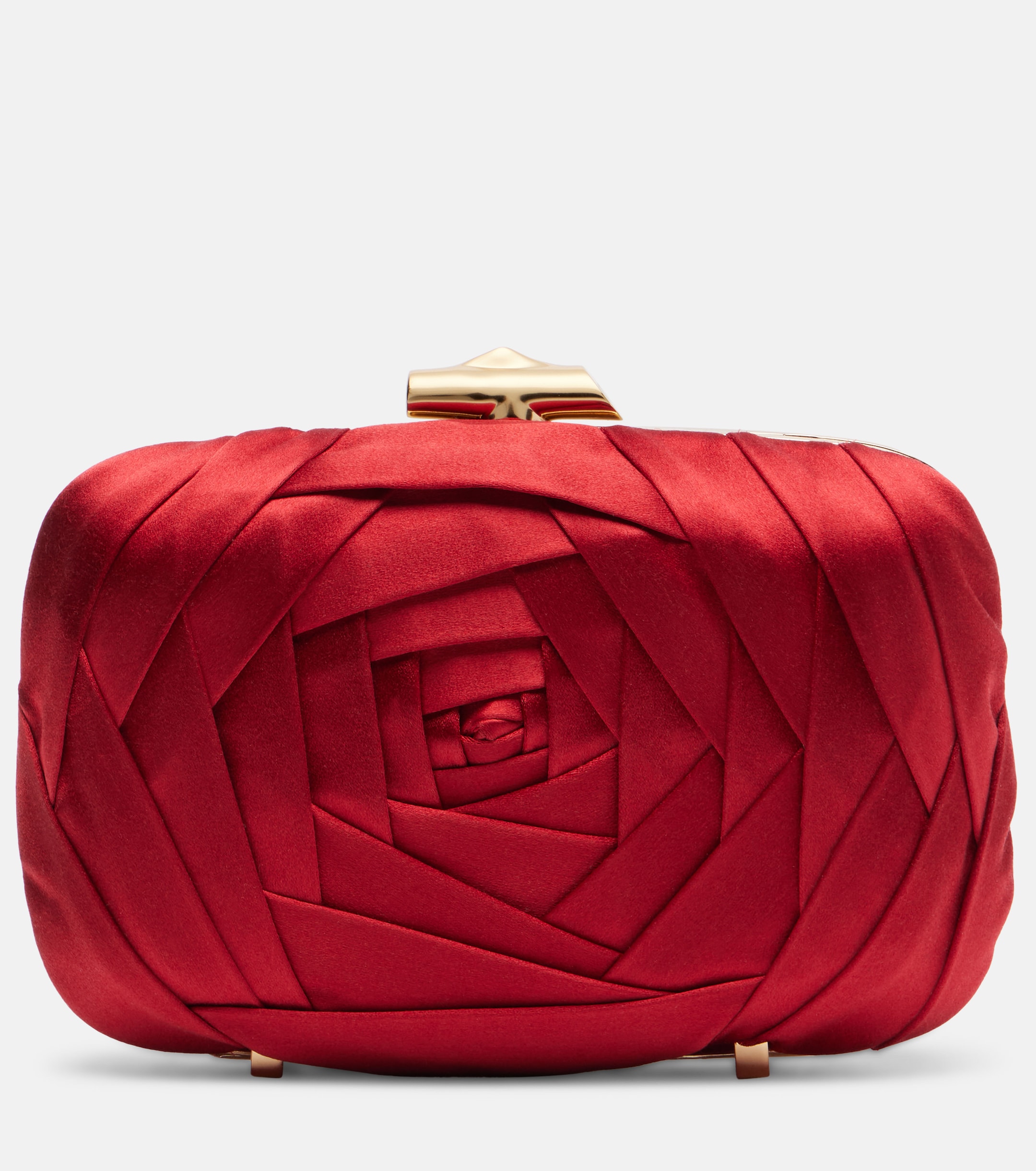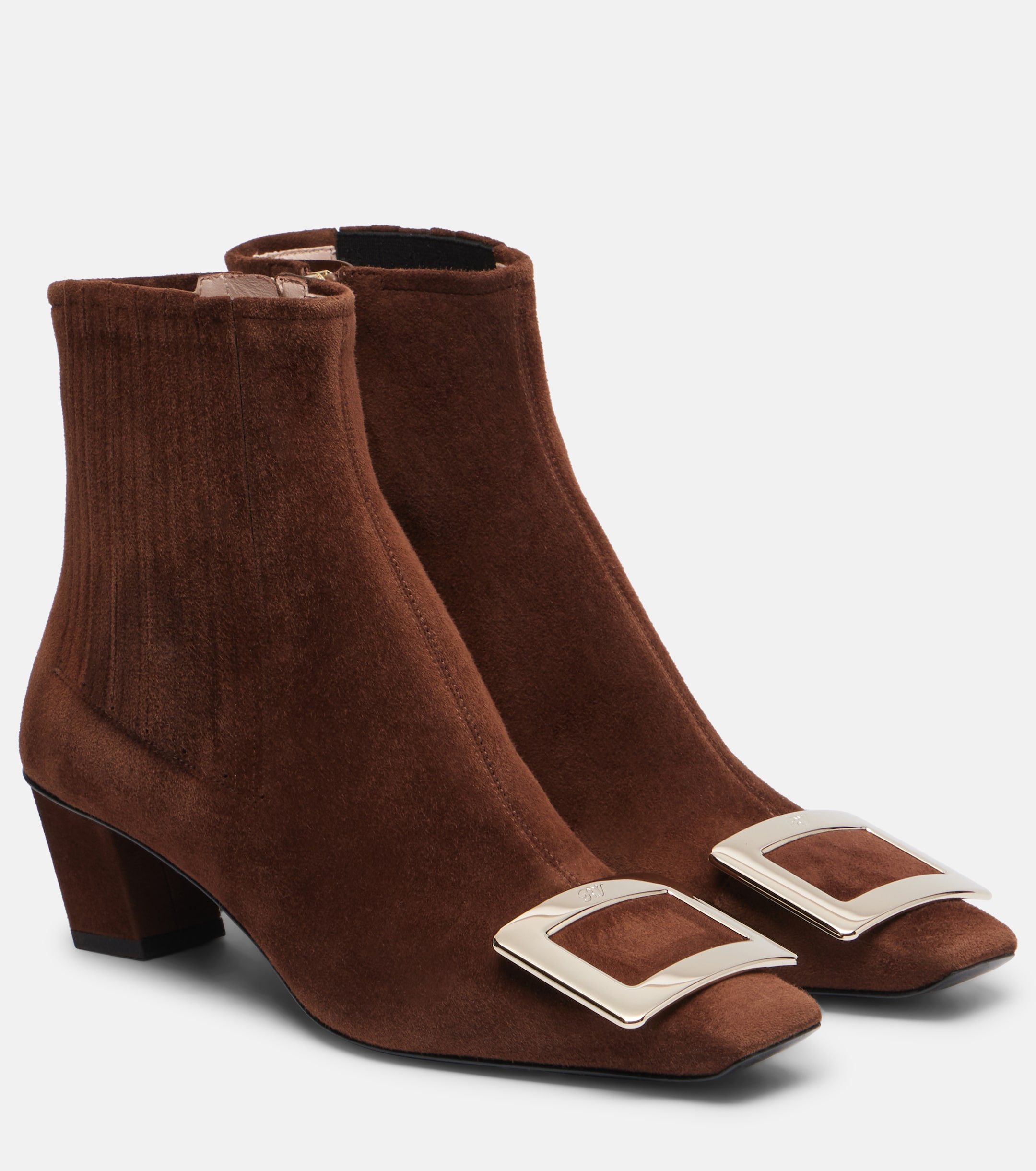A Rare Glimpse Inside the Roger Vivier Archives with Gherardo Felloni and Inès de la Fressange
The brand's creative director and longtime muse speak exclusively with Marie Claire UK as Maison Vivier opens its doors in Paris


Shoe brands are a dime a dozen nowadays, but few boast such an illustrious history as Roger Vivier—and even fewer still can claim to have made such a seismic, and ongoing, cultural impact. Founded in 1937 by the trailblazing French designer of the same name, the Parisian maison was the first to introduce the modern stiletto heel as we know it today, has crafted spectacular shoes for the likes of Queen Elizabeth II, Jackie Kennedy, Audrey Hepburn, and Brigitte Bardot, and remained at the forefront of luxury footwear innovation and artistry for close to a century.
All this—and more—is celebrated in the recently unveiled Maison Vivier: the brand's new residence in an exquisite 18th-century hôtel particulier in the heart of Saint-Germain-des-Prés, the neighbourhood that was once home to Monsier Vivier himself. And among the evocative salons, historic displays and ateliers housed within, lies the jewel in the Maison's crown: La Salle des Archives, inviting guests into the Roger Vivier archives for the very first time.

Roger Vivier
"Opening the archives, even by invitation only, was an act of generosity and of responsibility," explains Gherardo Felloni, the brand's Creative Director since 2018. "Roger Vivier’s universe is so rich, so layered, that it felt essential to share it with those who approach it with genuine curiosity: students, researchers, journalists, and passionate clients. These encounters create dialogue. They allow ideas, techniques, and knowledge to circulate... In a world where luxury often closes doors, I believe we must open some—carefully, thoughtfully, to honour Monsieur Vivier’s spirit."
Felloni worked closely with the brand's longtime ambassador and muse Inès de la Fressange to bring the wonderful world of Roger Vivier to life in the new Maison, designing the interiors, outfitting the spaces, and curating exhibits in a style befitting of the founder's famously unique aesthetic. De la Fressange largely oversaw the latter.

Le Salon Vivier
"Roger Vivier had a great sense of decoration and also a lot of imagination, originality and freedom," says de la Fressange. "He would say 'All that is beautiful can cohabit'. Many magazines at his time photographed his flats and houses because he was the first one to mix 18th-century design with eclectic art pieces and contemporary paintings. So in the exhibition part, we have metal shelves from the 70’s, in the living room 18th-century sofas, eclectic art pieces, et cetera… Just like we imagined he would have done it."
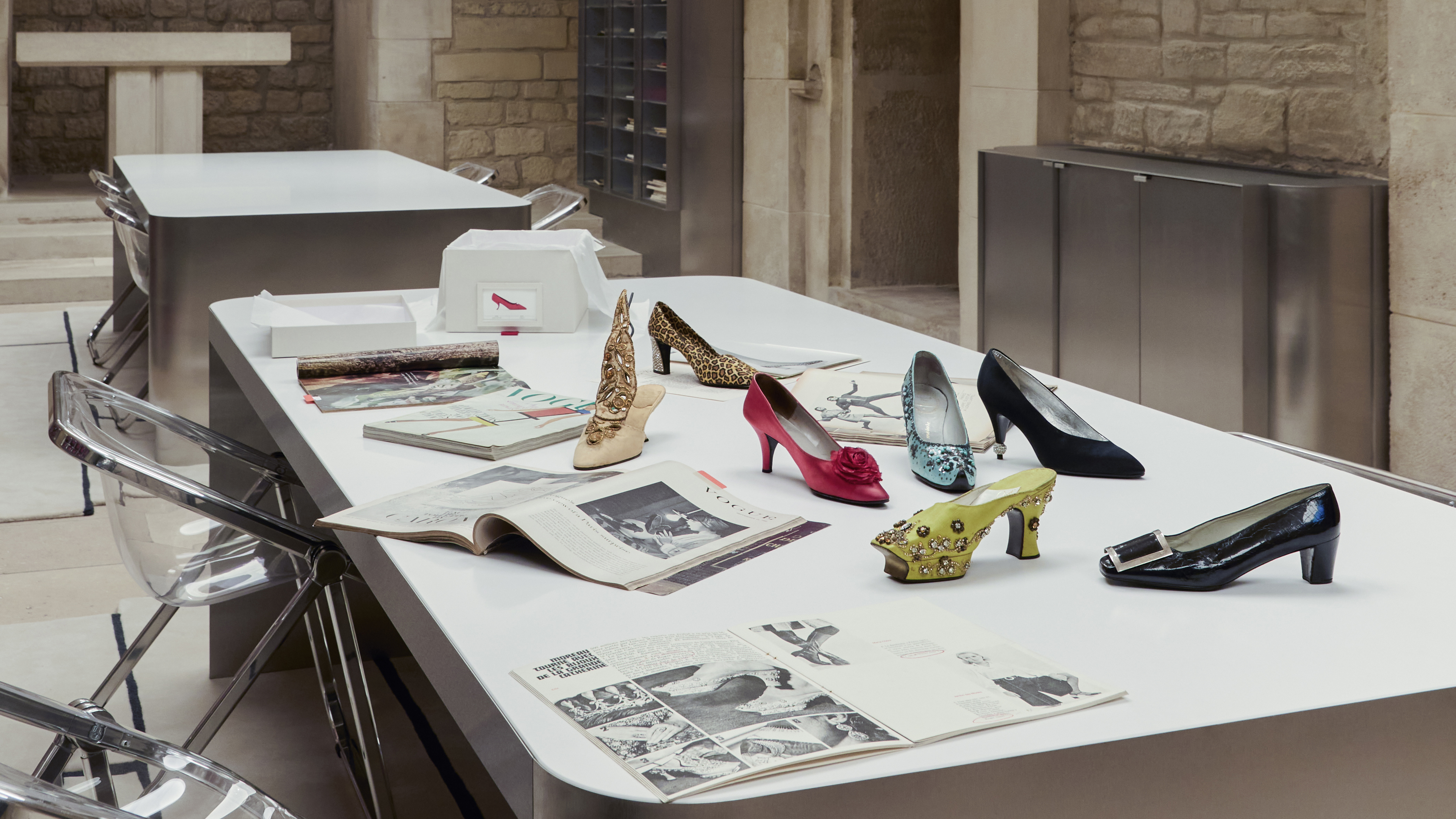
"In a world where luxury often closes doors, I believe we must open some"
Gherardo Felloni
There were also physical challenges to consider, particularly in the case of La Salle des Archives. "The basement where we keep the archives needed to be protected from the rays of sun, the shoes kept in special boxes [marked] clearly, and the temperature of the room needed to remain the same," explains de la Fressange.
Then, of course, came the challenge of collecting the archival pieces themselves. "Sourcing pieces for the archive is a meticulous and almost archaeological process," explains Felloni. "Some treasures have been preserved within the Maison since their creation; others reappear in unexpected ways—in private collections, in the homes of former artisans, sometimes even in boxes that once sat forgotten in old ateliers...
Celebrity news, beauty, fashion advice, and fascinating features, delivered straight to your inbox!
"We have spent countless hours tracing provenance, authenticating construction techniques, and searching through estates and archives. Some prototypes reemerged through families who had worked with the Maison decades ago; sketches were found tucked inside notebooks belonging to craftspeople; early heels resurfaced in auction lots where no one recognised their importance. Each discovery feels like recovering a missing piece of the Maison’s soul."

As for the most difficult pieces to track down? "The experimental ones—the shoes created in extremely limited numbers, sometimes just one or two prototypes." says Felloni. "Having found [them] feels almost miraculous. Every time one returns to us, the archive, and the Maison itself, becomes more whole."
After years of work, the Roger Vivier archive now houses more than 1,000 objects, from original sketches, magazines and photographs to prototypes and, of course, the iconic footwear itself. Highlights include documents detailing the shoes Queen Elizabeth II wore for her Coronation, a Dior sandal from 1955, and the legendary Belle Vivier shoes immortalised by Catherine Deneuve in Belle de Jour.
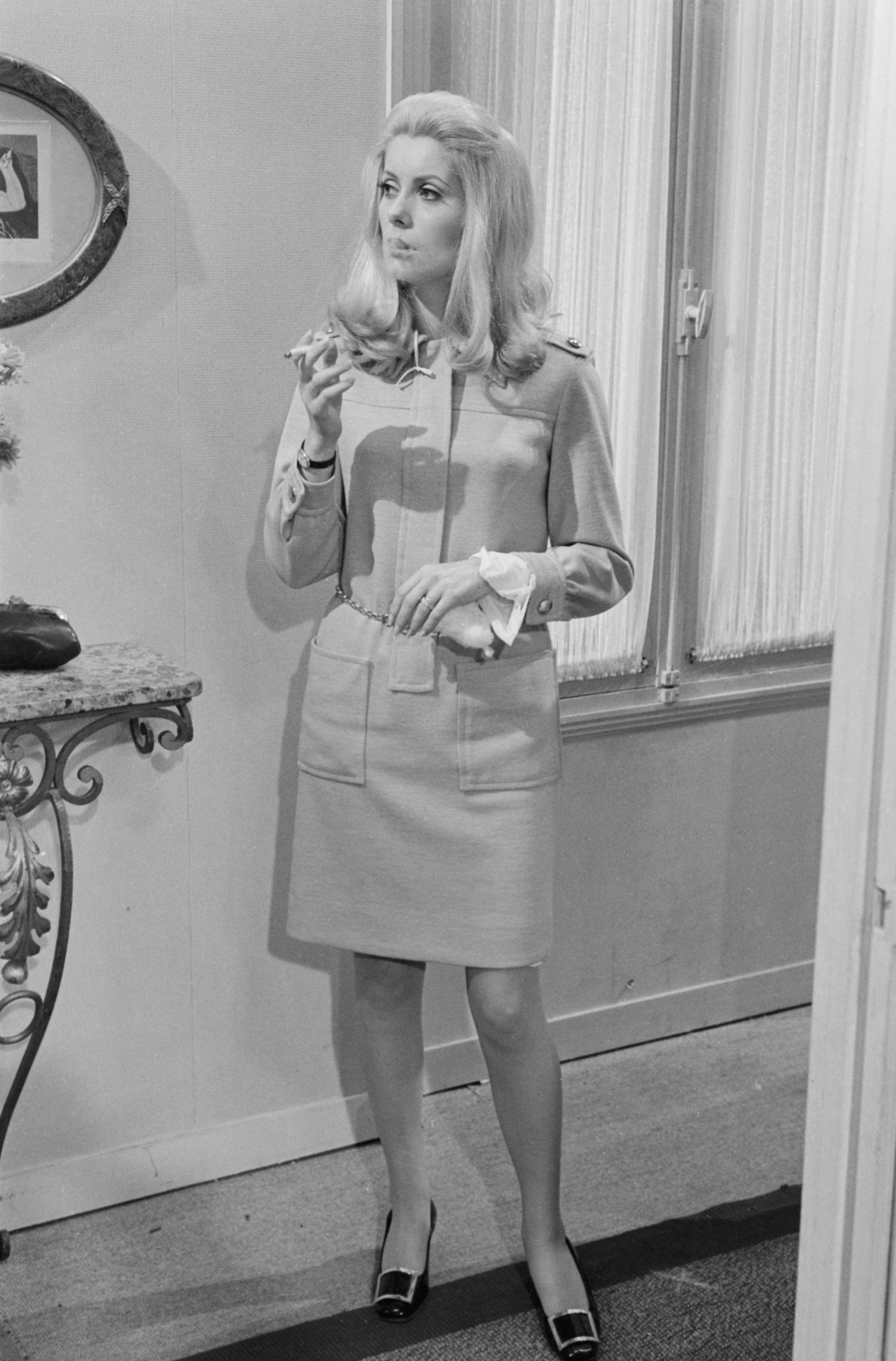
Catherine Deneuve wears Roger Vivier shoes in 'Belle de Jour'
For Felloni, the archives take on a more personal meaning. "My personal highlight will always remain the pink Virgule heel," he says. "It is more than a design; it marks the true beginning of my relationship with Roger Vivier. I first encountered it when I was nineteen, in a book I opened almost absentmindedly. Its curved line, suspended between sculpture and movement, struck me instantly. Having grown up in my family’s shoe factory, I knew technique. But that shoe revealed something else, that a heel could be poetry, that craftsmanship could become emotion.
"Years later, finding the actual prototype in the archive felt like the past folding into the present. It reminded me why I had come to this Maison: because Roger Vivier believed in a kind of creativity that was free, audacious, and filled with imagination. That Virgule heel continues to guide me every day. It is a quiet revolution, a lesson in grace and courage, and for me, the beating heart of the archive."
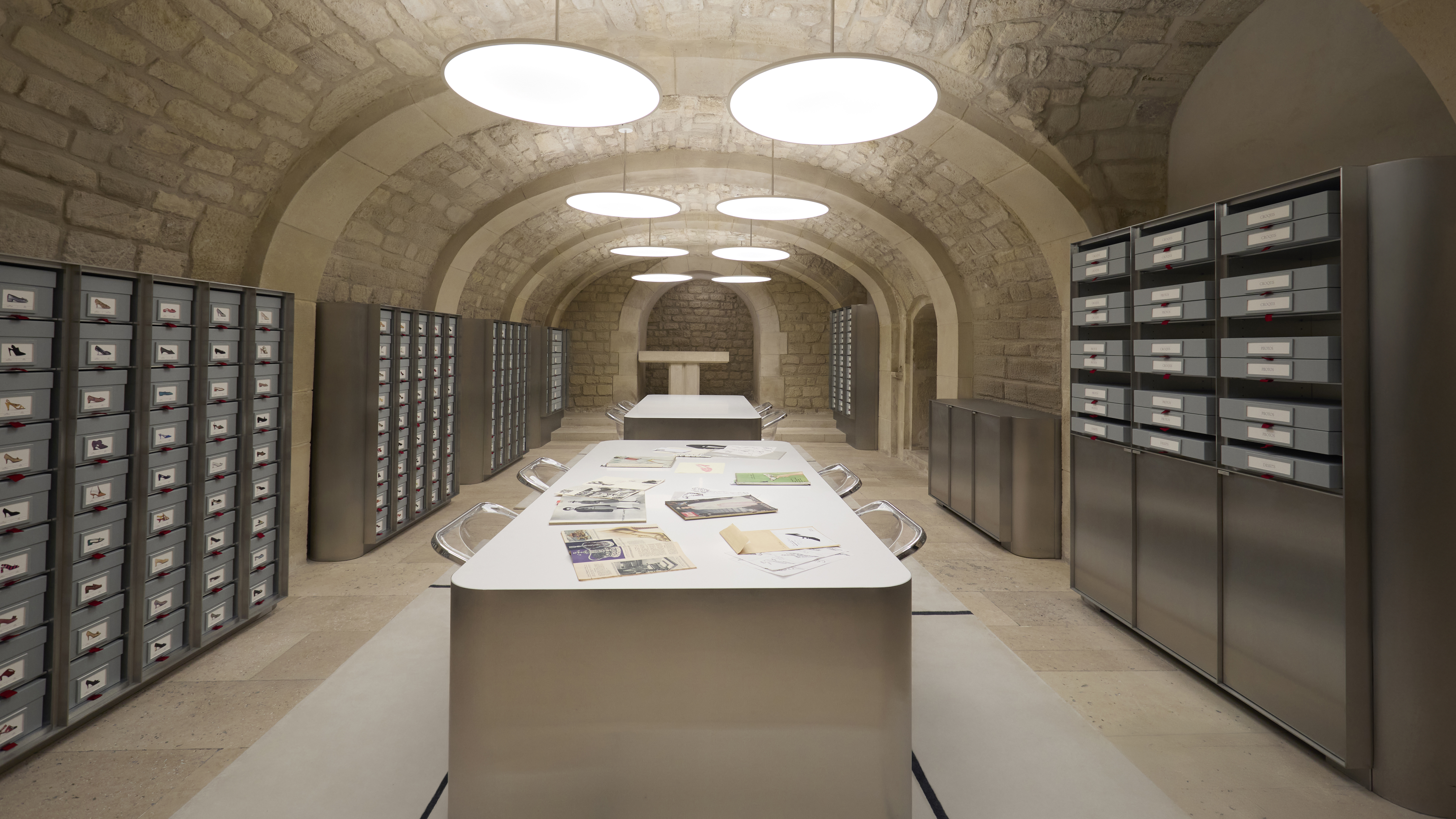
De la Fressange, meanwhile, found herself most struck by many of the archival designs' ongoing appeal. "There are some items [in there that] I would love to wear even today, which is very special because fashion by definition becomes out of fashion, and clothes, like accessories, are not made the same way today and usually you can see they are vintage," she says.
"In the middle of many others for instance there is a pair of brown low boots—they are incredible because they merge elegance and rock’n roll together. But it’s [also] a joy each time to see old pictures of Françoise Hardy for instance... It’s hard to believe the man that [made] baby shaped shoes in the 30’s was the same one to do plastic transparent high boots in the 60’s, or even resin ball heels in the 90’s for Agnès B!"
Her own personal highlight, however, will be the opportunity to share the archives with a wider audience than before, offering them as a tool for teaching and inspiration. "It will be important for me to show to students of fashion schools that fashion is made of creativity, happiness, research, culture and even sometimes bad taste, but that it’s possible to be together irreverent and elegant. Sometimes I have the feeling today one has to choose between a conventional or classic style, and a totally wild and unwearable one... But Roger Vivier proves there is a Diagon Alley, as Harry Potter would say!"
Maison Vivier is located at 98 Rue de l’Université in Paris, and access is by appointment only. Find out more at rogervivier.com
Shop Roger Vivier

Clementina Jackson is the Fashion Editor at Marie Claire UK. She writes, edits and commissions stories spanning catwalk trends, industry news, shopping must-haves, long-form fashion features, and interviews. She was previously Acting Site Fashion Editor at ELLE UK, and has also worked for a range of titles including Harper's Bazaar, Vanity Fair, Tatler, and Cosmopolitan.




